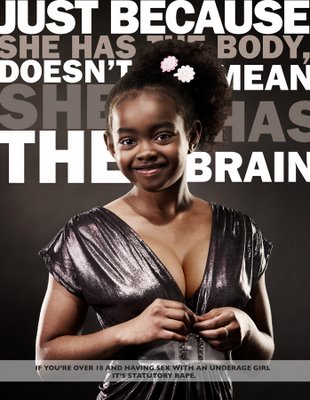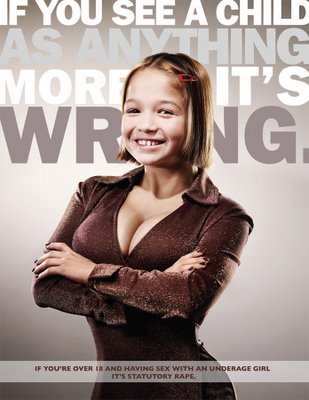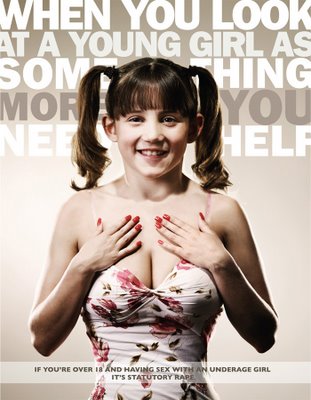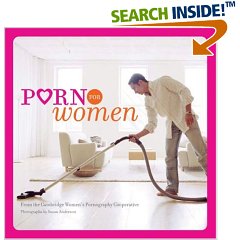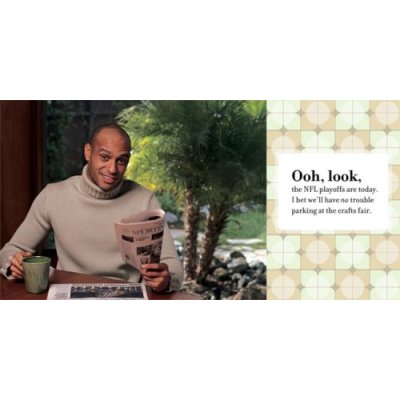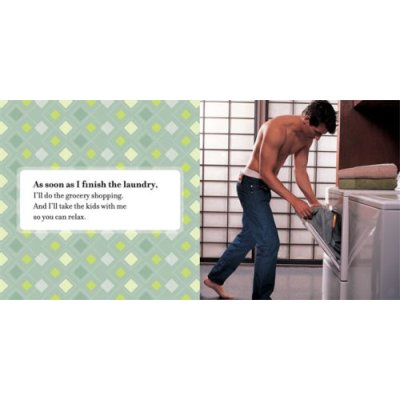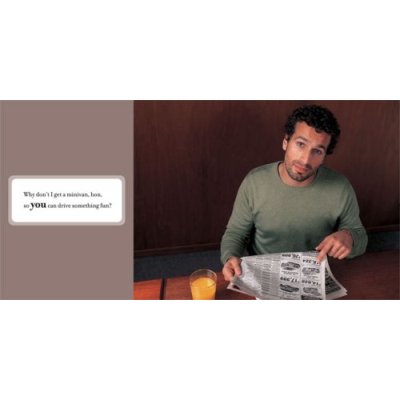Captain Crab sent in this image (found here) of pubic hair dye:
Here is a link to the betty website. According to the site,
In less than one year, over 100,000 happy customers are using betty to naturally match their hair above, cover gray or just for fun! Whether you’re a blonde (be a true blonde now!), radiant auburn, rich brunette, raven black or want to try hot pink for fun, our easy to use no-drip formula gives you the perfect finishing touch.
These might be useful for a discussion of the ever-increasing standards for personal beauty: once upon a time, you just worried about gray hair on your head. And taking care of things “down there” meant obsessing over odor and controlling evidence of menstruation. Now women get genital plastic surgery and “vaginal rejuvenation” (those sites aren’t work-appropriate) as they age or after childbirth, shave or wax their pubic hair, and apparently can now dye their pubic hair to be sure it doesn’t show signs of aging (or just doesn’t match their hair)–although the betty website FAQ link does mention that men also use the product. I can’t help but suspect that the mainstreaming of porn and increased access (especially online) to images of women’s genitals is providing average women with a new body part to compare to other women and find lacking.
At least the pink seems like something you’d just do for fun, not out of a concern to hide signs of aging. Although maybe there are 50-year-old women out there running around with pink pubes. What do I know?
Thanks, Captain!


